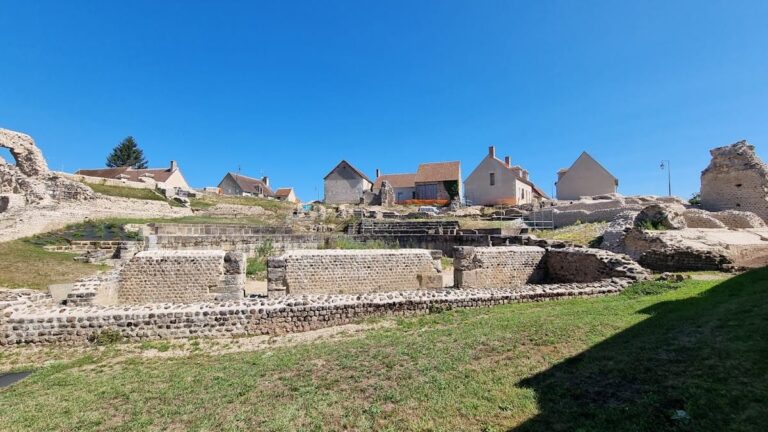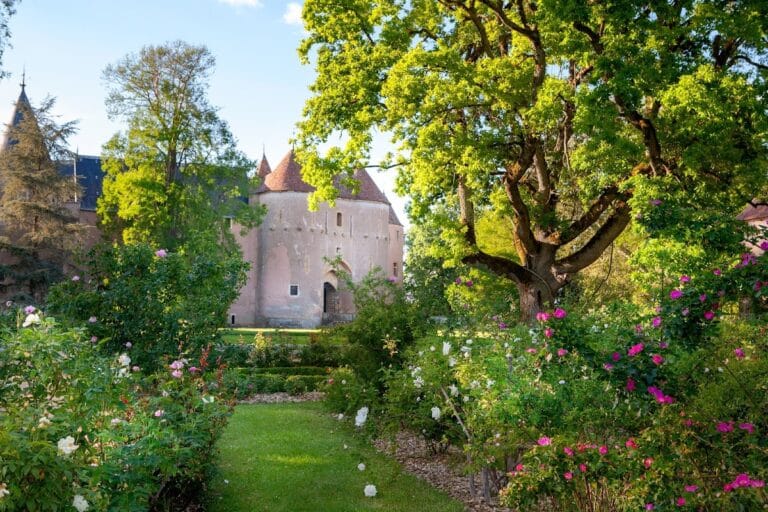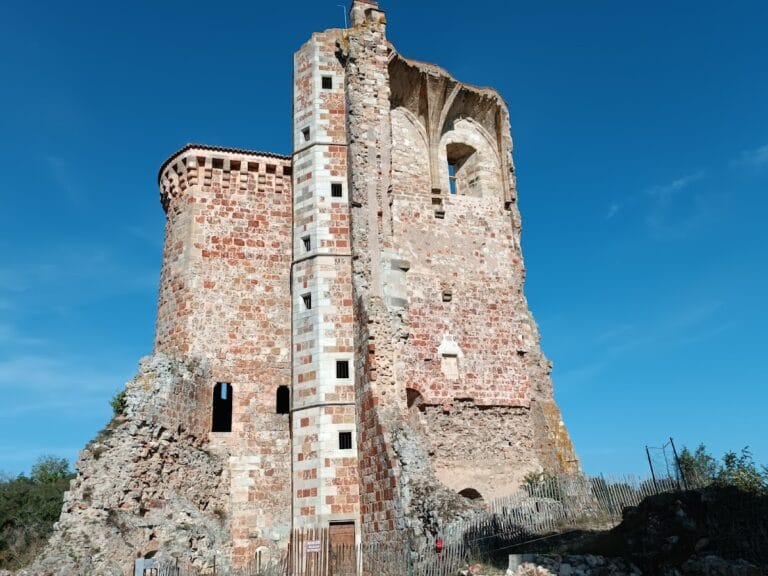Château de Bannegon: A Medieval Fortress in France
Visitor Information
Google Rating: 4.4
Popularity: Low
Google Maps: View on Google Maps
Official Website: www.mariages.net
Country: France
Civilization: Unclassified
Remains: Military
History
The Château de Bannegon is located in the commune of Bannegon in modern-day France. It was originally constructed during the medieval period by the local inhabitants, with its earliest fortifications established in the 11th century.
The site began as a defensive stronghold positioned at the border between the historical regions of Berry and Bourbonnais. The La Porte family held ownership around the year 1000, and by the 12th century, the initial form of the castle had been constructed. Around 1383, control passed to the Barres family, who gave the main tower its name: the “Tour des Barres.” During this time, the castle played a key role in regional defense.
Throughout the protracted conflict known as the Hundred Years’ War, the castle retained its strategic importance. King Charles VII is recorded to have stayed at the château twice, once in 1431 and again in 1454. This royal visitation illustrates the castle’s significance within the kingdom during these turbulent years.
In the mid-16th century, the castle became involved in religious struggles linked to the Reformation. Its owners sided with the Protestant cause, leading to a well-documented siege in 1568. Faced with an assault by 2,000 troops sent by the Bourbonnais governor Montaré, the fortress was valiantly defended for fifteen days by Marie de Brabançois. Despite the defense, the castle suffered partial destruction around this period. Following the conflict, an early Renaissance-style building was added, signaling a shift in architectural influence.
With the upheaval of the French Revolution, the château was seized as national property and subsequently sold. Later in the 19th century, restoration work was undertaken to preserve much of the castle’s medieval character, protecting key elements such as facades, roofing, and timber frameworks.
In 1988, the de Bengy family inherited the château and soon established the association “Bannegon Millénaire” in 1993 to oversee its continued restoration. Since 1996, the site has hosted annual medieval festivals aimed at raising funds for its upkeep. The château was recognized officially as a historic monument in 1936, with particular elements including its facades, roofs, and structural frameworks designated historic monuments in 1965.
Remains
The Château de Bannegon is built within a large, trapezoid-shaped fortified enclosure that is bordered by the Auron River, utilizing the natural landscape as part of its defenses. The site’s construction employs traditional medieval techniques, with stone walls forming a strong perimeter around the complex.
Central to the château is its keep, or donjon, which was strategically designed with a drawbridge to control access. The keep serves as the main defensive tower and living quarters. The notable “Tour des Barres,” dating from the late 13th to early 14th century, still stands prominently today. This tower is distinguished by a chimney that reaches an impressive height of 9.5 meters, indicative of the castle’s residential functionality as well as its defensive role.
Historical records from the 12th century describe the castle as being surrounded by moats and watchtowers, which provided layers of protection by making direct assaults more difficult. These defensive elements are integral to understanding the castle’s military architecture and its ability to resist attacks like the 1568 siege.
Throughout later restorations, especially those conducted in the 19th century, significant effort was made to preserve the castle’s medieval appearance. The facades, roofing structures, and the timber frameworks have been maintained or carefully rebuilt, allowing these features to largely retain their original character.
Today, the château still embodies much of its medieval character, with its fortifications and main tower offering a tangible connection to its centuries of military and residential use. Its positioning at approximately 46°48′8″N latitude and 2°42′56″E longitude reinforces its historic role guarding the frontier between important medieval territories.










